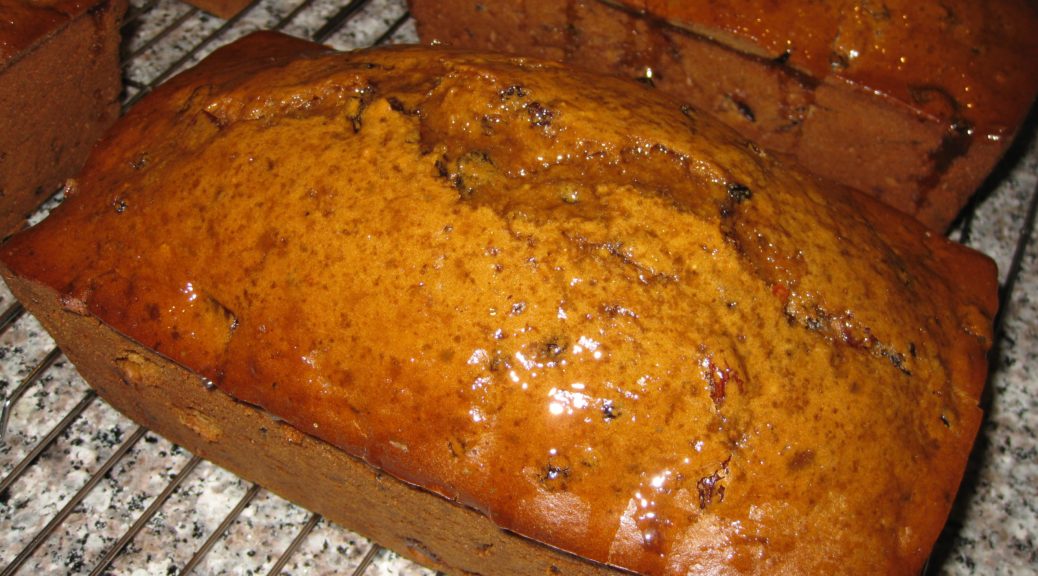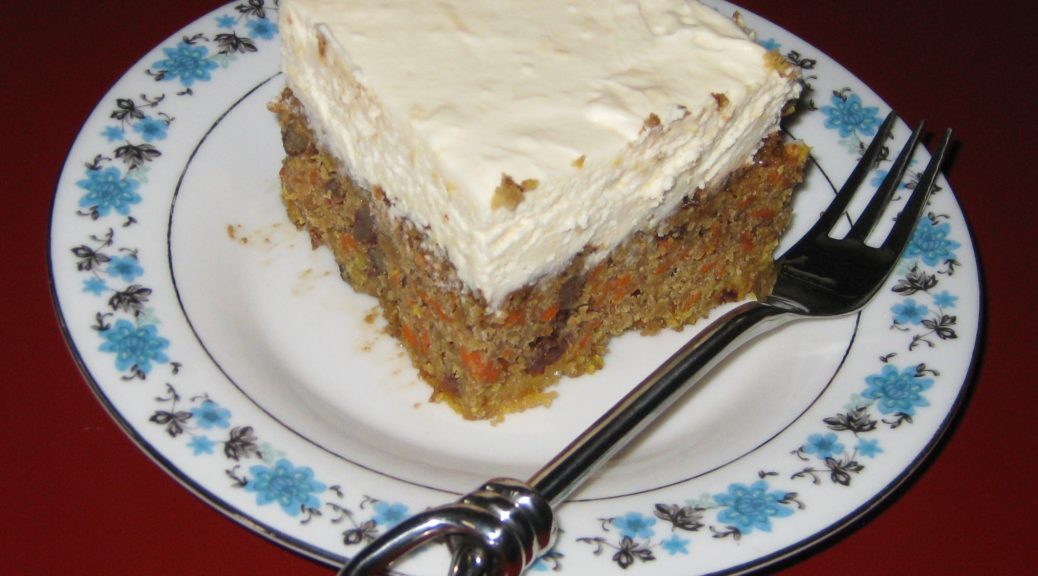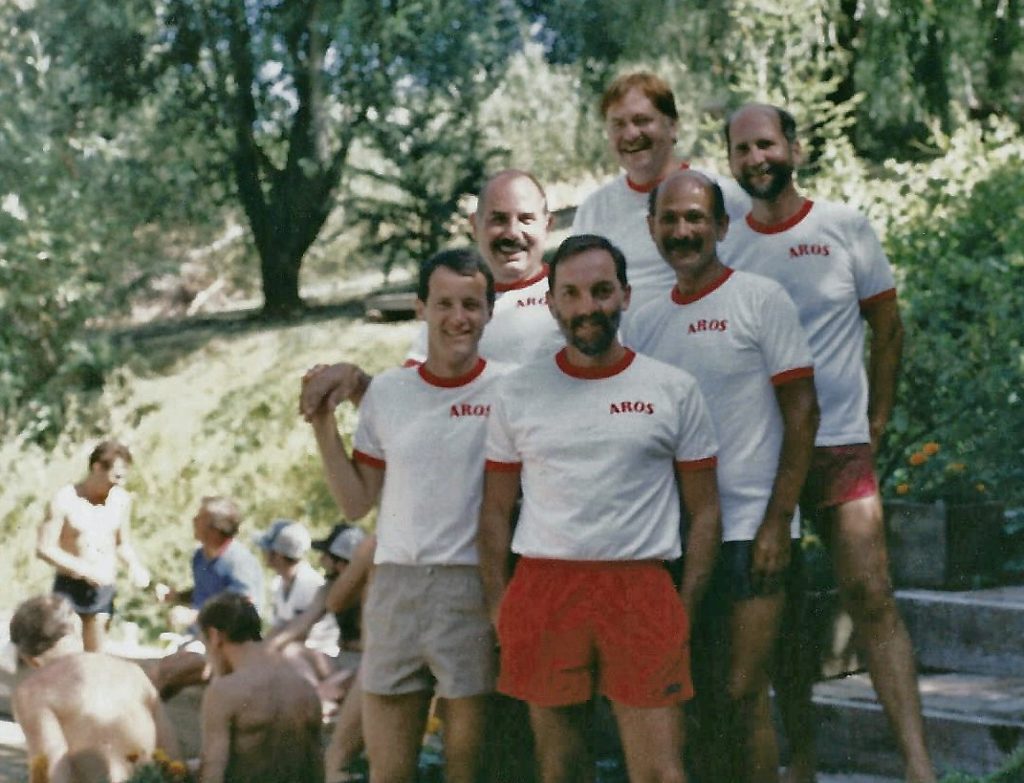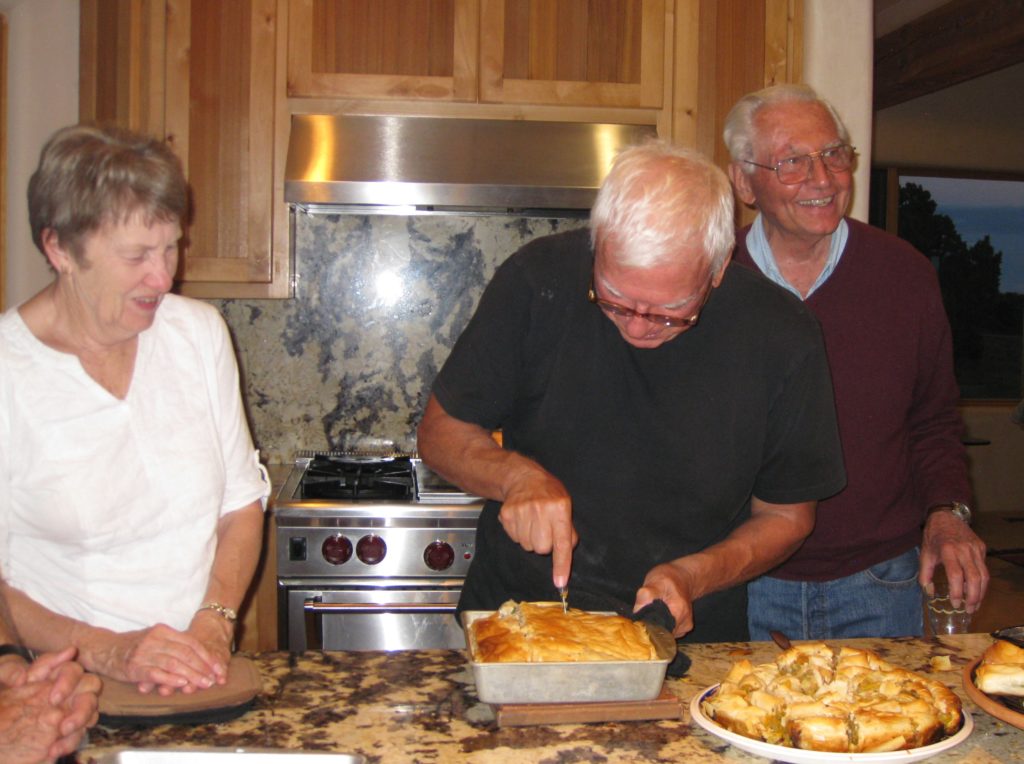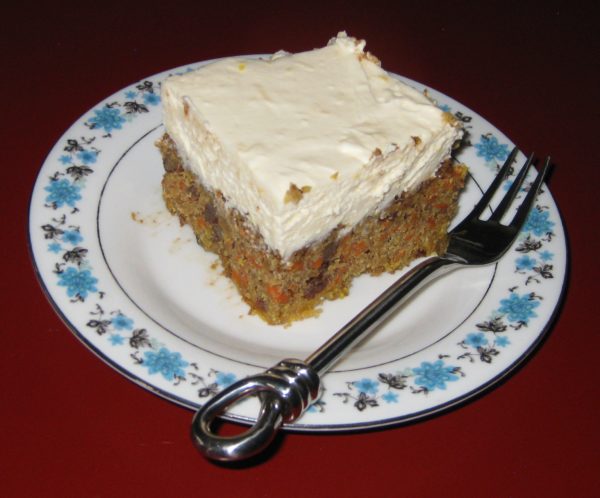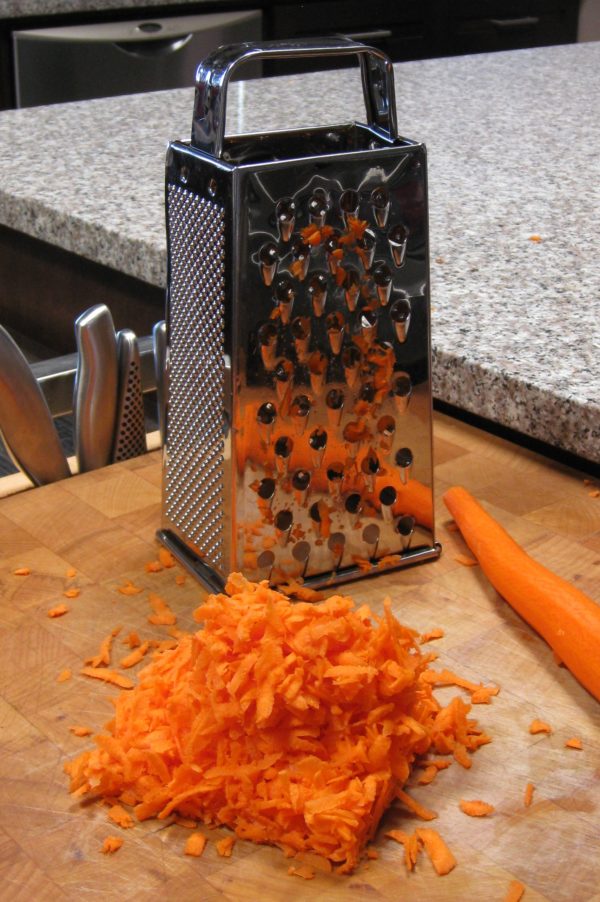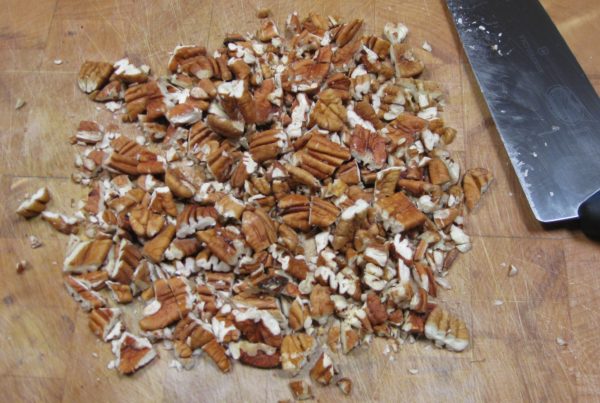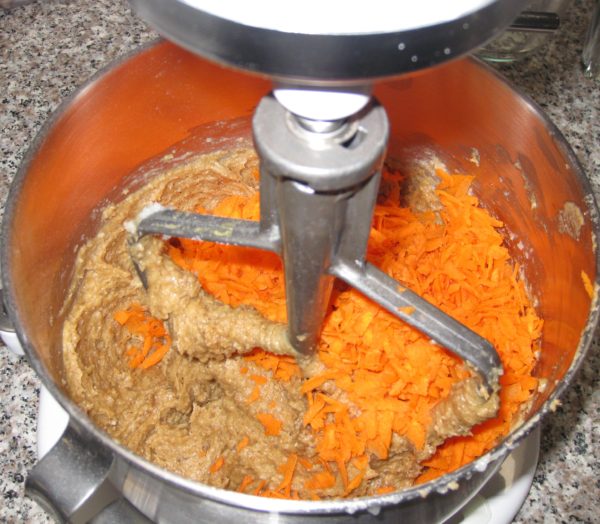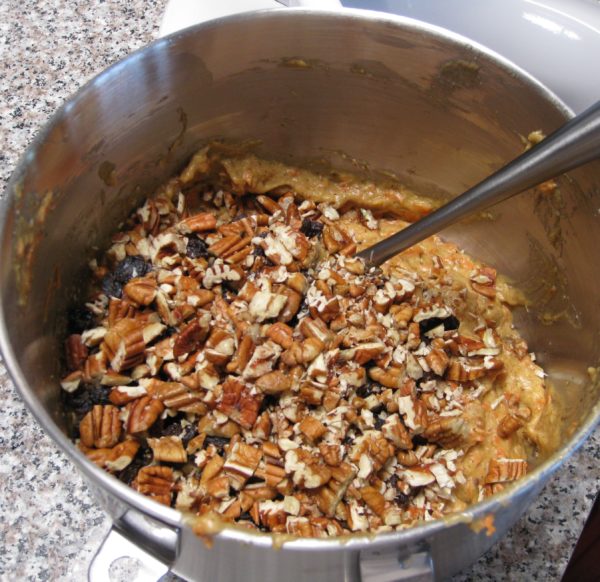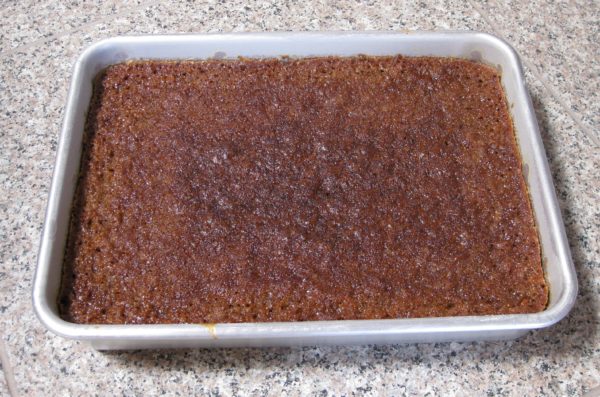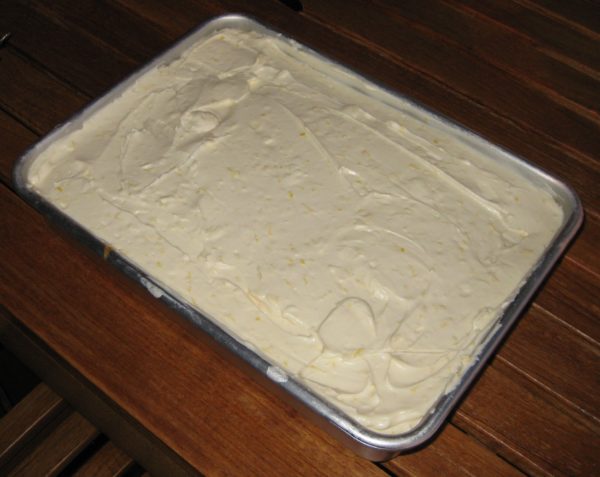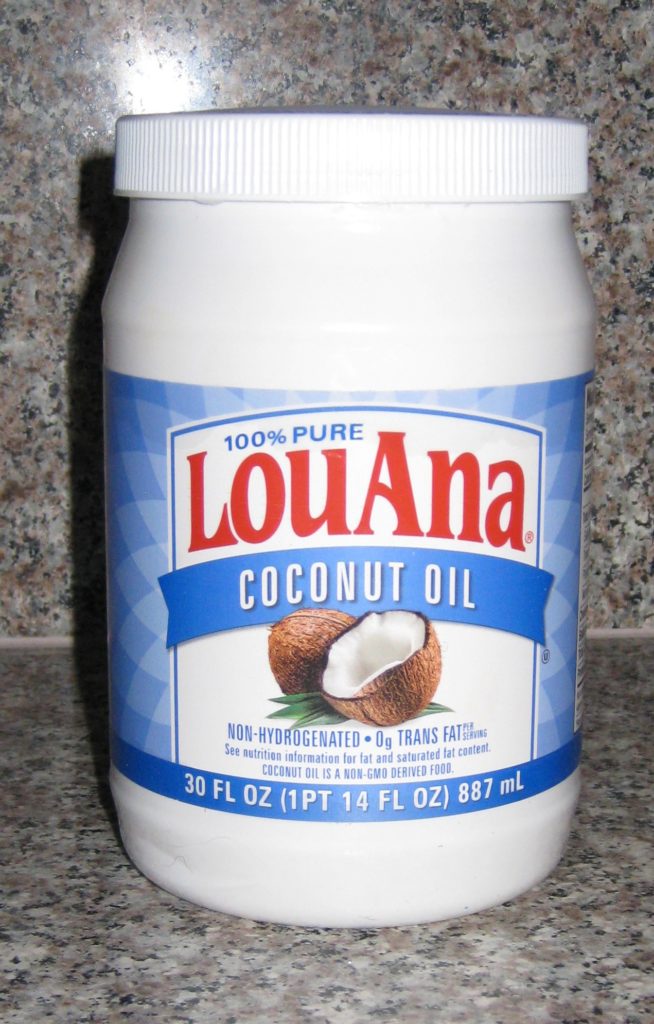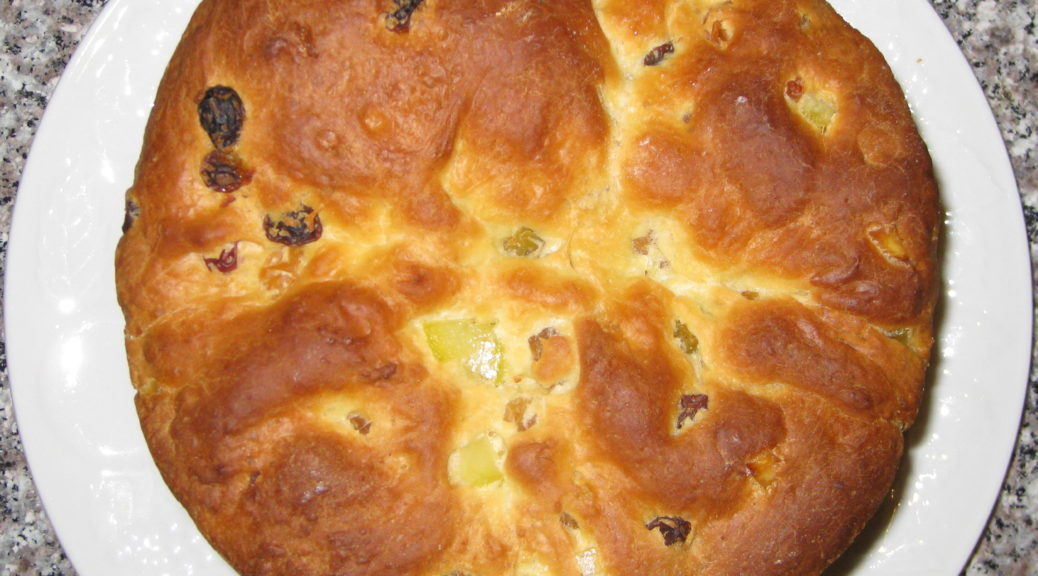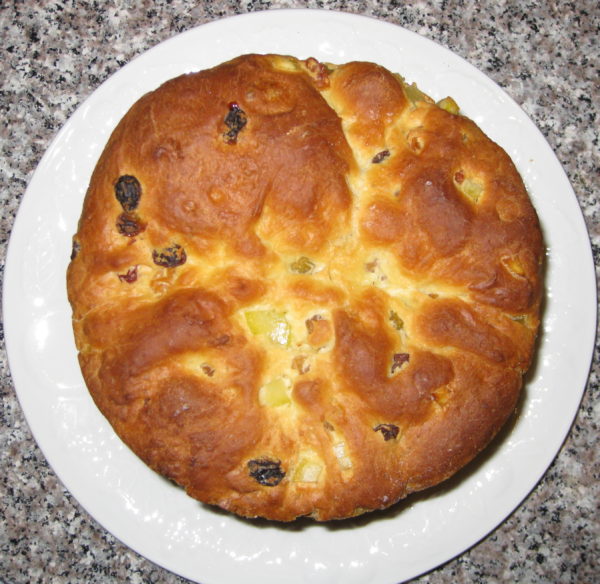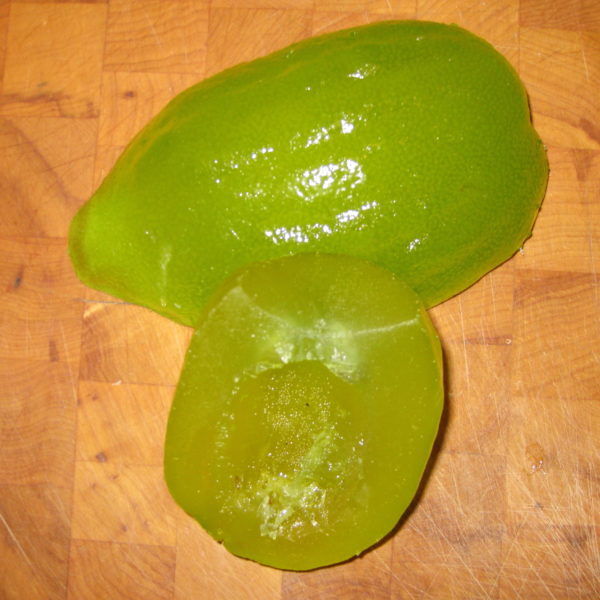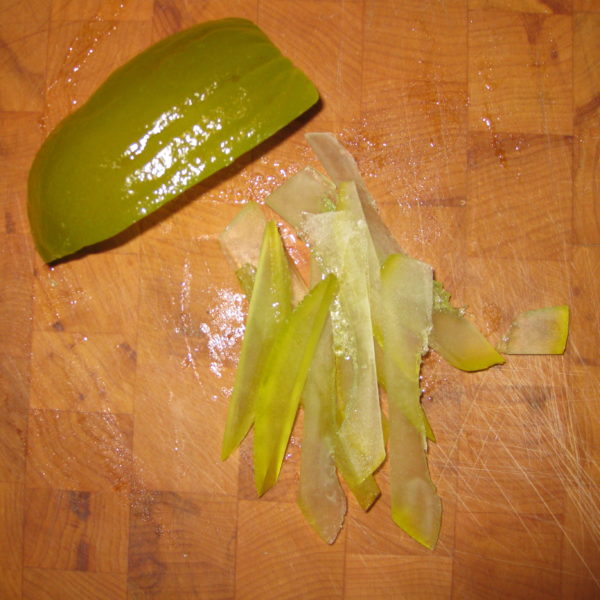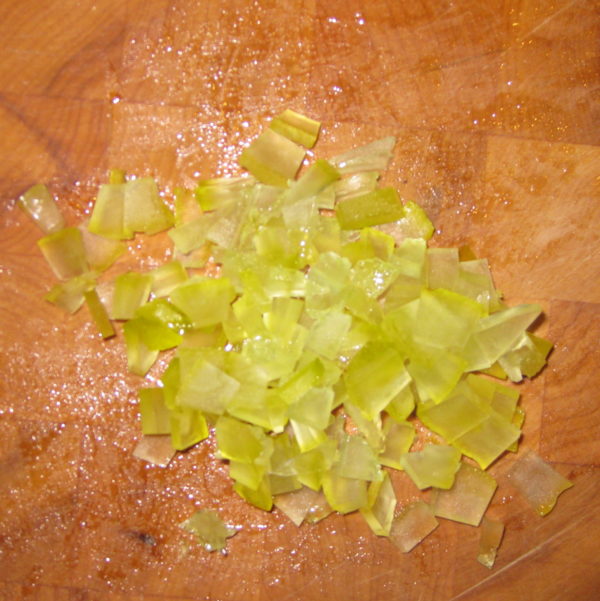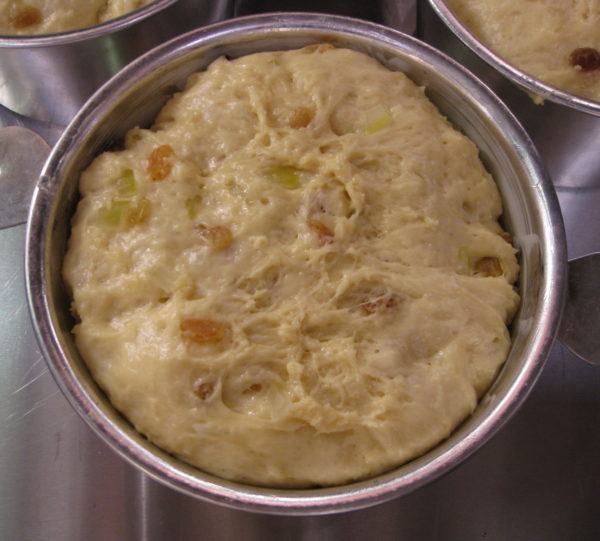March 23, 2018
Google and Wikipedia and Bing have all let me down!
Often when I’m writing a blog, I’ll do a search or two to shore up some facts.
In this instance, I was trying to find a picture of a product and to confirm my understanding of exactly what it is. That product is New Sugar.
My searches turned up nothing.
Back in college, I would buy new sugar on trips to the West Indies. The stuff I bought was sold in cans. It was dark brown, partially crystalized and partially a thick liquid. It was not as dark or as thick as molasses. My recollection is that new sugar is basically sugar cane juice boiled down until it thickens and some of the sugar crystallizes.
It’s what my recipe for Jamaican Easter Bread (aka “Bun”) calls for.
Click HERE to join our mailing list and you’ll never miss a recipe again!
Long ago, when my meager supplies of new sugar were exhausted and I was no longer going to the West Indies on a regular basis, I created a substitute for new sugar that fooled even my Jamaican friends. (Hint, it’s in the recipe below.)
If my recipes contain a substitute for a difficult-to-find ingredient, I like to make the substitution clear and to provide directions on how to use the original ingredient if available.
In my blog entries, I try to provide some sort of personal or cultural or social context for each recipe. In this instance, I wanted to highlight new sugar.
I was about to give up when I tried different search terms. I had only known it as New Sugar, but, finally, searching on “Wet Sugar” got me one website that had what I was looking for.
The website confirmed my understanding of what new sugar, aka wet sugar, is: boiled sugar cane juice. It also confirmed that it is much more difficult to find than it was 30-50 years ago. I hate to admit it, but I was buying new sugar more than 40 years ago!
My recipe for Bun (that’s really what it’s called in Jamaica…just Bun) came from Valrie Tracey a Jamaican friend from college. Valrie and I and my roommate, Ray Hugh from Guyana, were close friends in college. Though I’ve lost touch with Valrie, Ray and I are still in touch via Facebook. And, yes, her name is spelled Valrie, apparently due to an error on her birth certificate as her parents intended for her name to be Valerie!
Follow us on your social media platform of choice
In addition to new sugar, Valrie’s recipe called for “Mixed Spice,” a commonly used mixture in the cooking of Britain and many former British colonies. I don’t like using spice combinations that I haven’t made myself, like pumpkin pie spice or curry powder. If the brand goes out of existence or changes its formula one can’t recreate the dish exactly the same way again. For that reason, starting in college, I worked out my own formulas for spice mixtures that I used on a regular basis.

Rather than have you make a batch of Mixed Spice before making a batch of Bun, I added the individual spices, in the correct amounts, to the recipe.
After resurrecting this recipe from one of my two 5 x 7 metal index card boxes of recipes that I started back in college and sharing the Bun with a number of friends, I began to seriously wonder why I hadn’t made it in over 40 years!
I can assure you, I won’t wait long to make it again.
I like to toast the Bun and add some butter and jam but in Jamaica it would often be served with a wedge of cheese. However you serve it, I’m certain you’ll enjoy it.
If you have a favorite family recipe and a bit of a story to tell, please email me at santafecook@villasentieri.com and we can discuss including it in the blog. I am expanding the scope of my blog to include traditional recipes from around the country and around the world. If you haven’t seen Bertha’s Flan or Melinda’s Drunken Prunes, take a look. They will give you an idea of what I’m looking for.
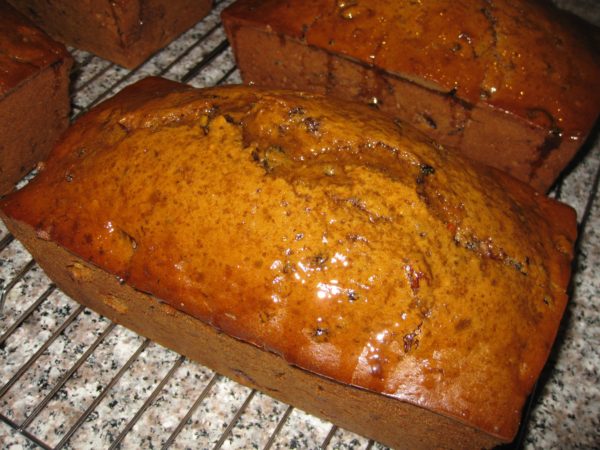
| Prep Time | 30 minutes |
| Cook Time | 90 minutes |
| Passive Time | 2 hours |
| Servings |
loaves
|
- 1 quart whole milk
- 3 pounds all purpose flour
- 3 packages active dry yeast (21 grams)
- 2 pounds dark brown sugar less ½ cup
- 1/4 pound butter at room temperature, cut in pieces
- 1/2 cup molasses not blackstrap
- 2 large eggs
- 2 teaspoons almond essence
- 2 teaspoons rosewater
- 2 teaspoons vanilla extract
- 1 teaspoon caraway seed crushed
- 1 teaspoon anise seed crushed
- 2 1/4 teaspoons ground cinnamon
- 1 1/2 teaspoons ground allspice
- 1 1/4 teaspoons ground cloves
- 1 teaspoon freshly grated nutmeg
- 3/4 teaspoon ground ginger
- 1/4 teaspoon ground mace
- 1/2 pound raisins
- 1/2 pound dry currants
- 1/2 pound candied cherries
Ingredients
Bread
|

|
- Scald the milk by heating over medium high heat, stirring frequently to prevent a skin from forming, until bubbles begin to foam up around the side.
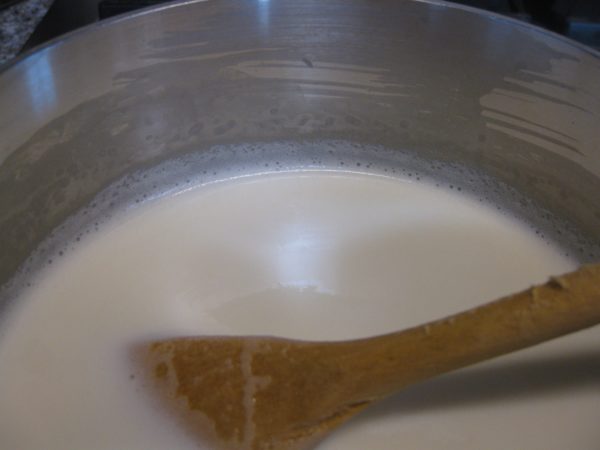
- Allow the milk to become lukewarm (approximately 110°F).
- Combine lukewarm milk, yeast, 1 teaspoon of sugar from the amount above, and 1 pound of flour in the bowl of a mixer.
- Using the paddle, mix well then allow the sponge to sit, covered, until it doubles in bulk.
- After the sponge has doubled, mix in 1/3 of the remaining flour and 1/3 of the remaining sugar.
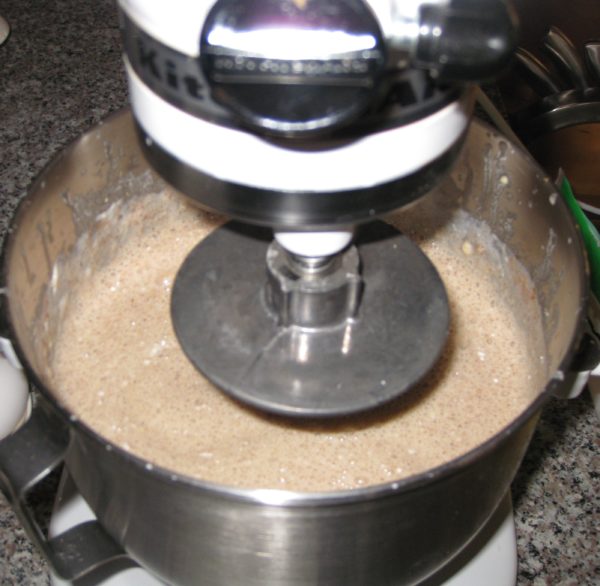
- When combined, add the butter, molasses and all the spices and flavorings. Mix well.
- Add ½ of the remaining flour and ½ of the remaining sugar. Mix well.
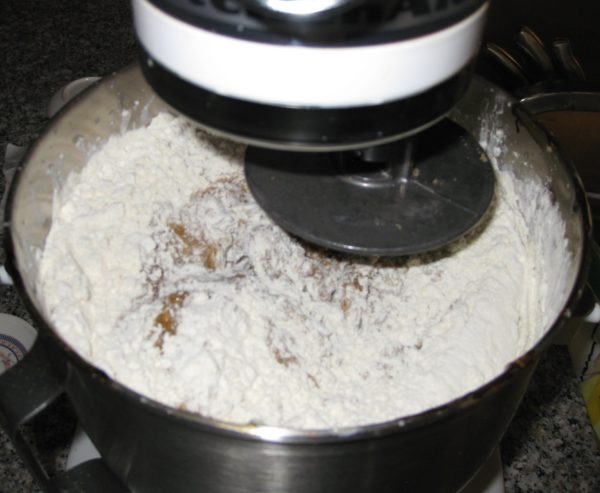
- Add the eggs and mix well.
- Add the remaining flour and sugar. Mix for about 10 minutes on medium speed.
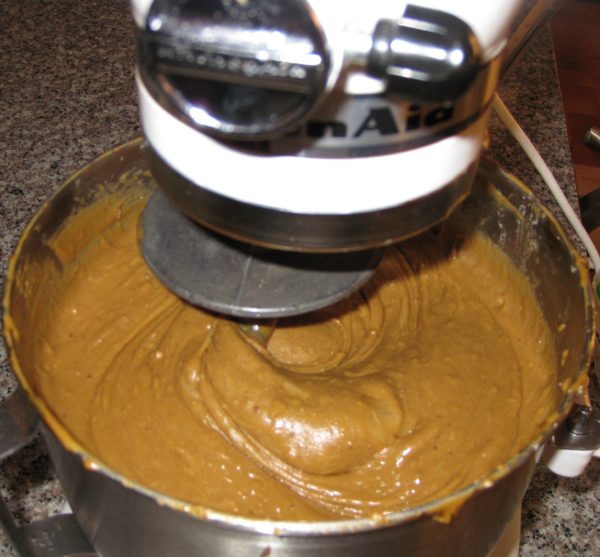
- Mix in the fruit.
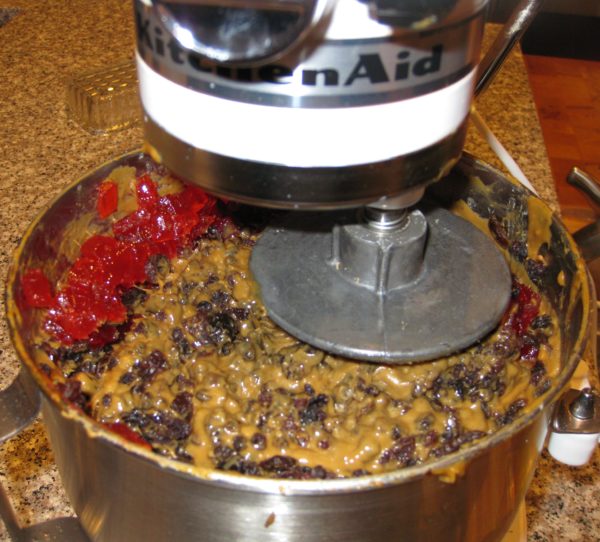
- Divide the batter into 4 well-buttered 8” x 4” bread pans. Cover and sit at room temperature for about an hour. The batter will not really rise but the yeast is the only leavening so it needs to have time to make air bubbles that can expand and leaven the bread.
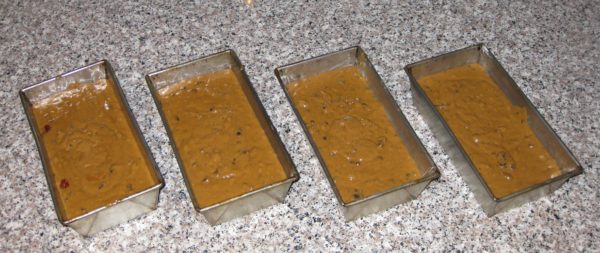
- Bake at 300°F for approximately 90 minutes, until a tester comes out clean.
- When the bread is nearing completion, make the glaze by bringing the sugar and water to a boil and simmering a few minutes until syrupy.
- As soon as the bun comes out of the oven, brush some of the glaze on top. Allow to cool 10 minutes in the pans.
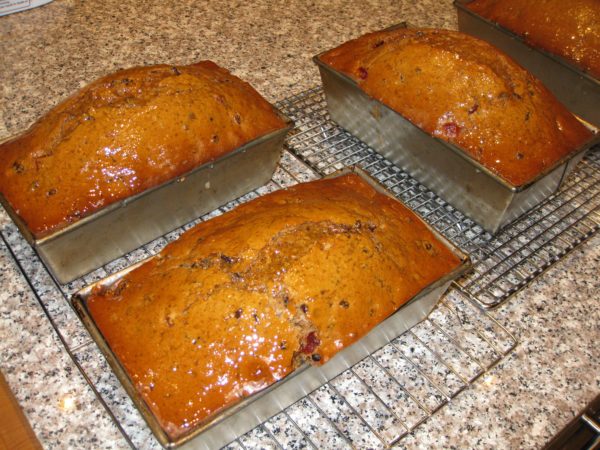
- Remove the bun from the pans and brush with more glaze. Allow to cool another 10 minutes.
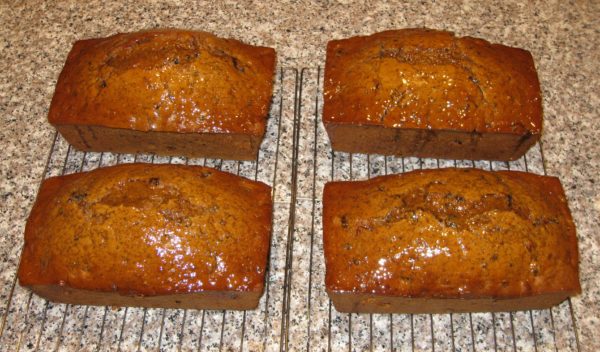
- Brush with remaining glaze and cool completely.

Copyright © 2018 by VillaSentieri.com. All rights reserved.

